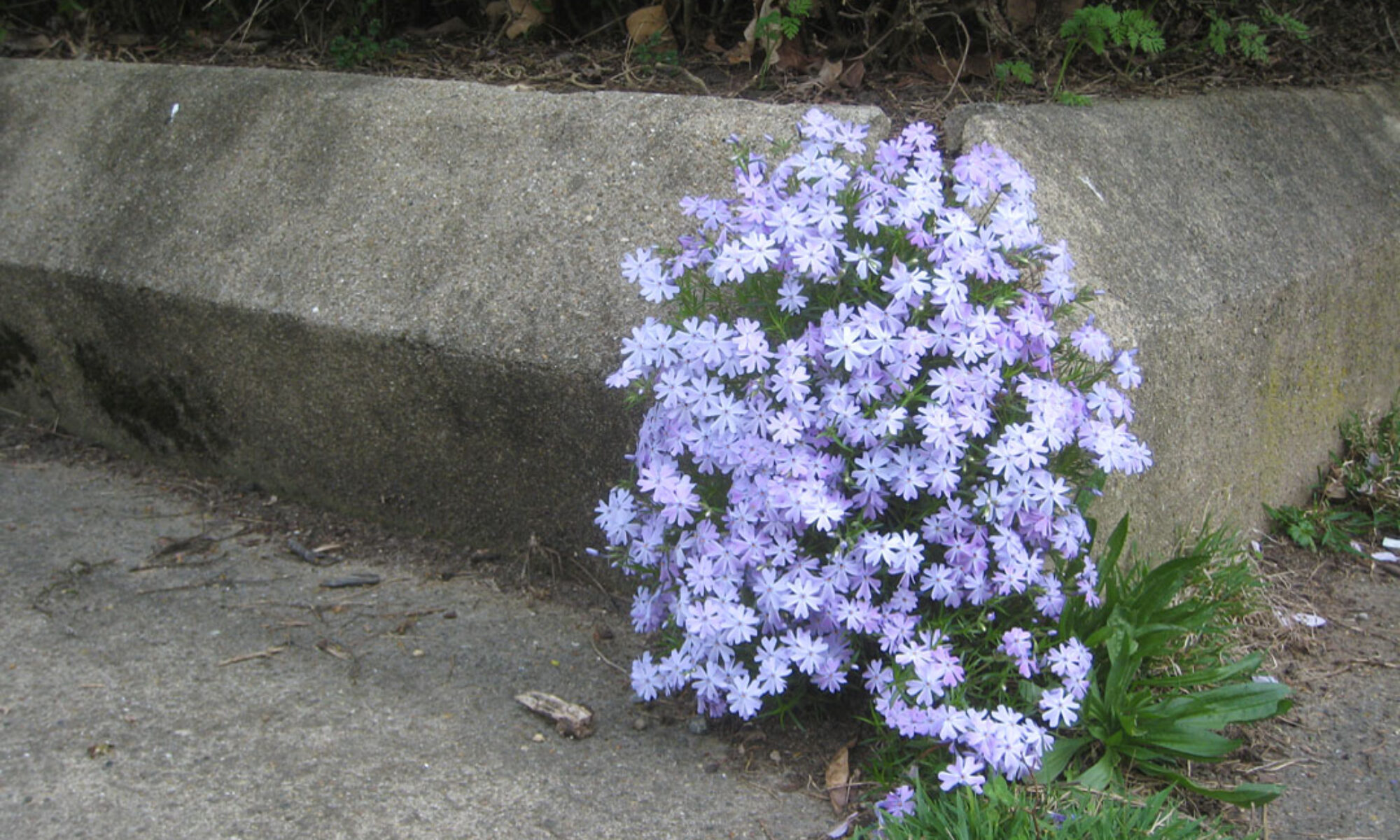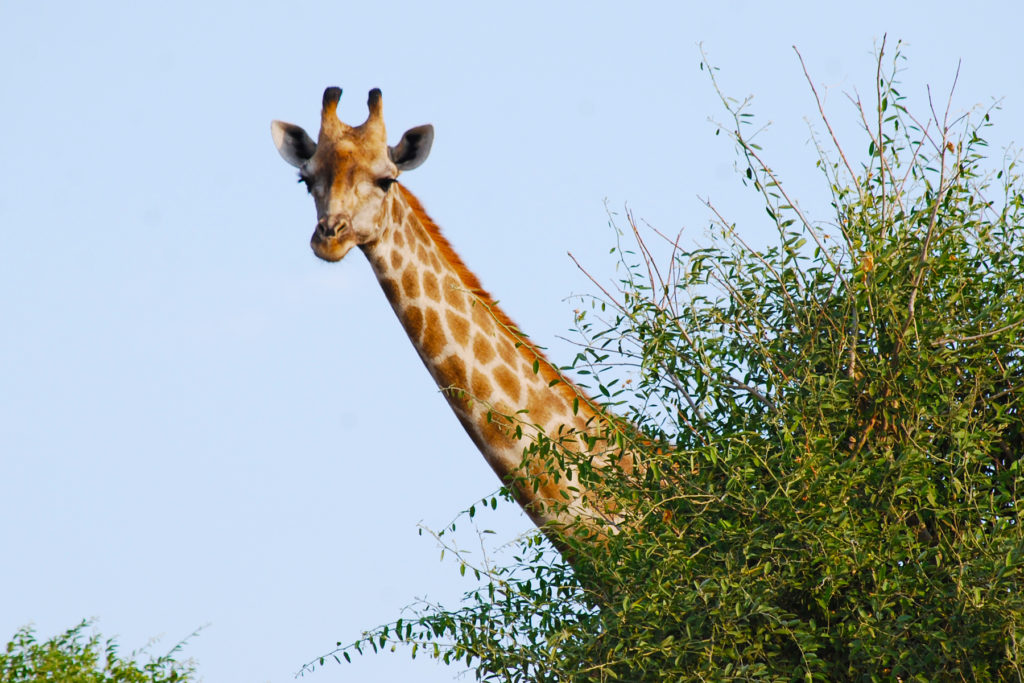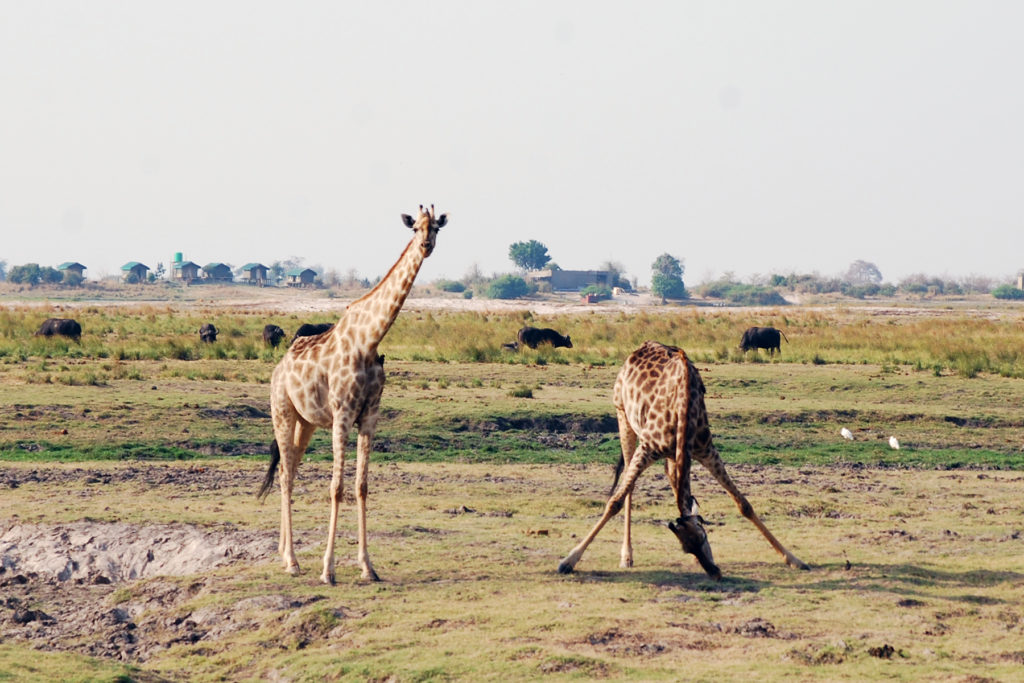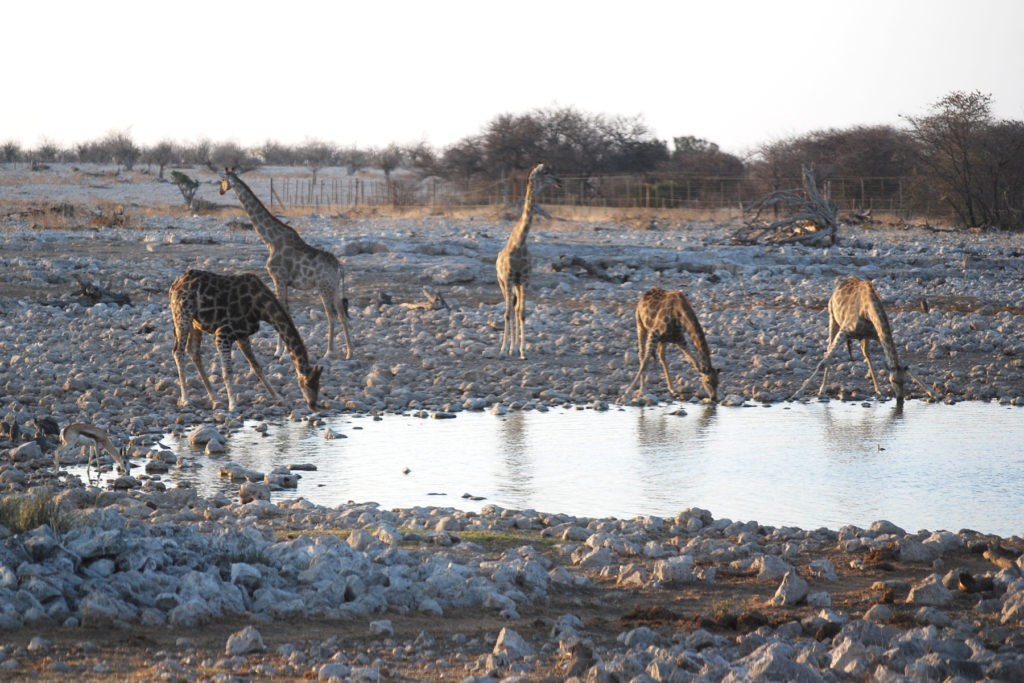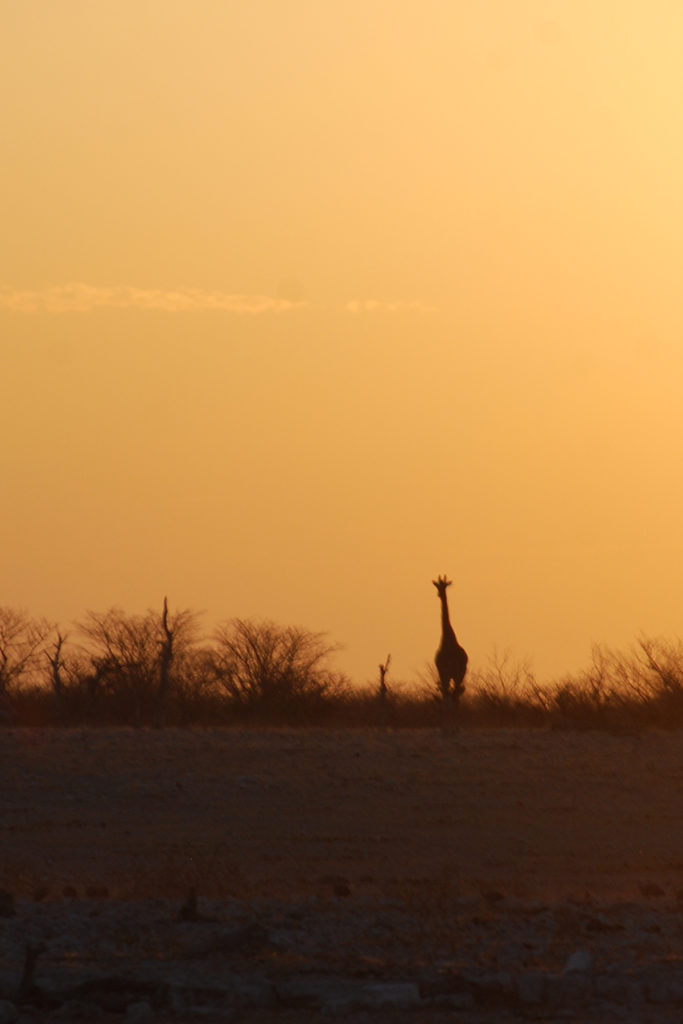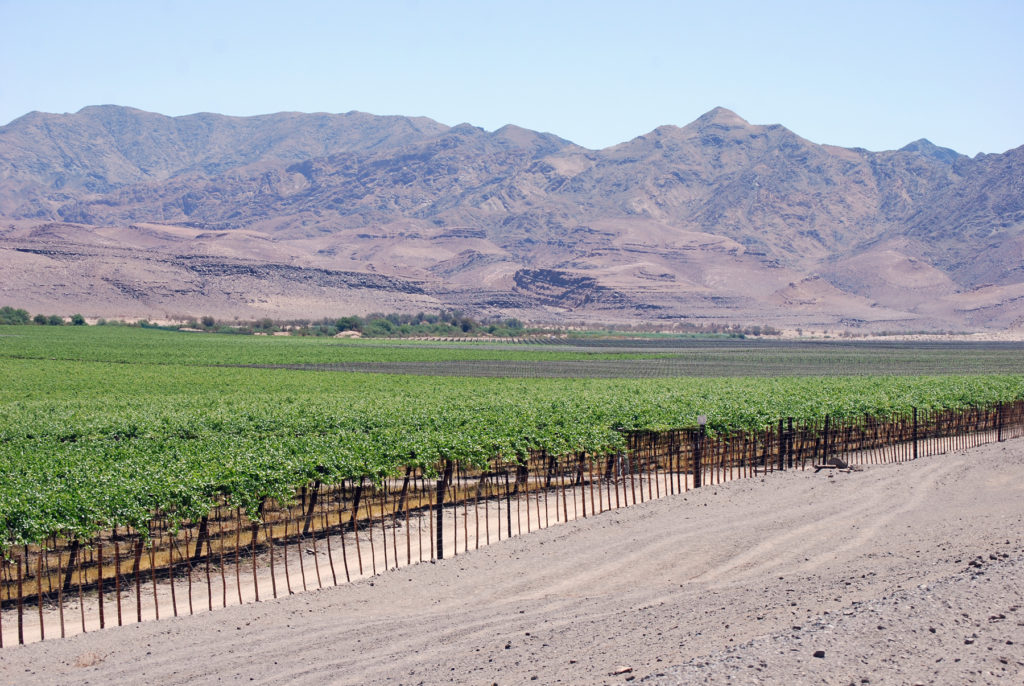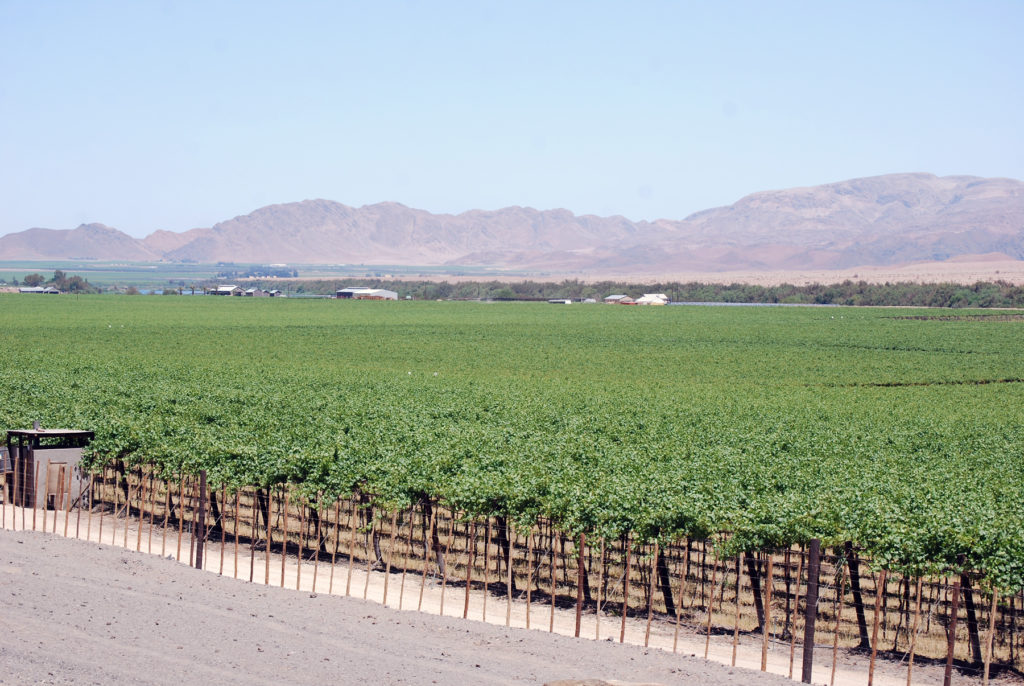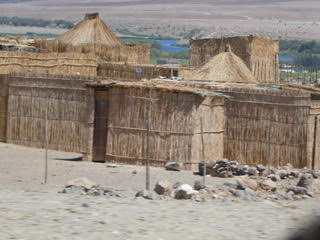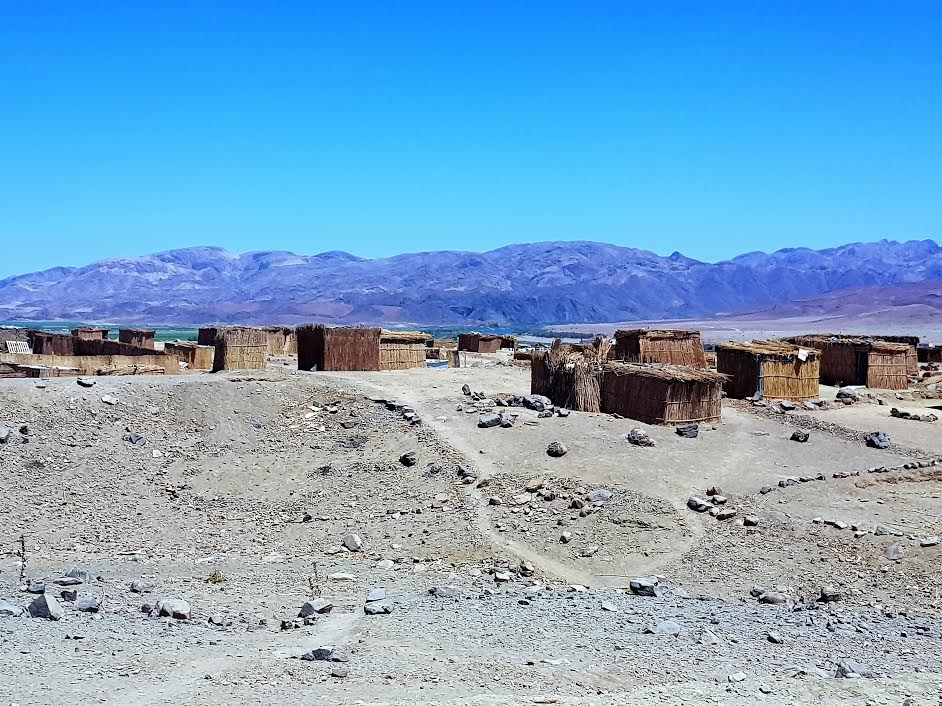Trigger warning: this blog post contains graphic photos of animals in the wild eating prey.
Visitors to Africa refer to searching for “The Big Five”: elephants, cape buffalo, rhinos, leopards, and lions. The term was coined by big game hunters and refers to the animals that are the most difficult to hunt on foot. Today, of course, tourists “hunt” with their cameras and use special safari vehicles. We still go looking for The Big Five, though. Additional animals, like gazelles or zebras, are a bonus.
Morning and evening game drives catch the animals at watering holes. Sometimes we find the animals eating. When it’s a giraffe nibbling on a tree or a gazelle eating a shrub, that’s one thing. Leopards and lions are different.
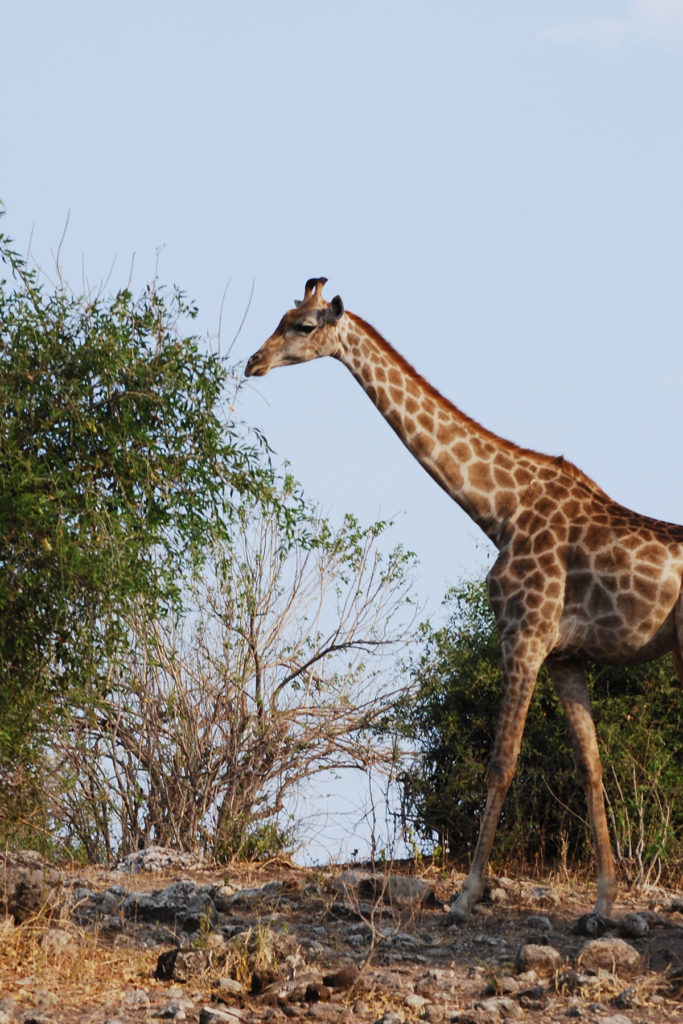
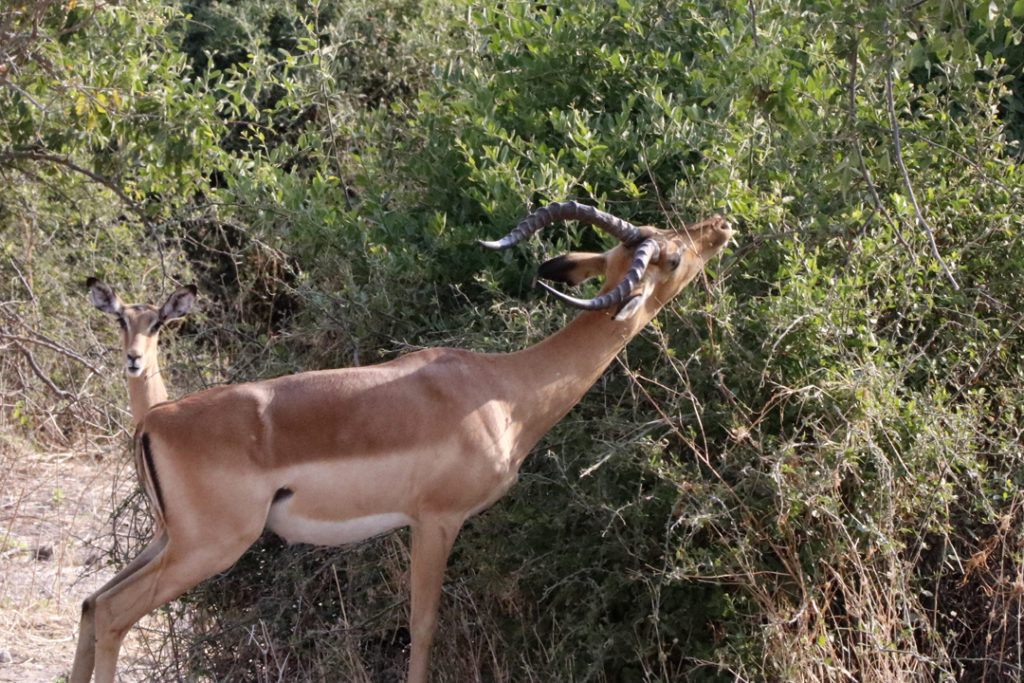
Leopards and lions are carnivores. They don’t eat salad for lunch. They eat salad-eaters.
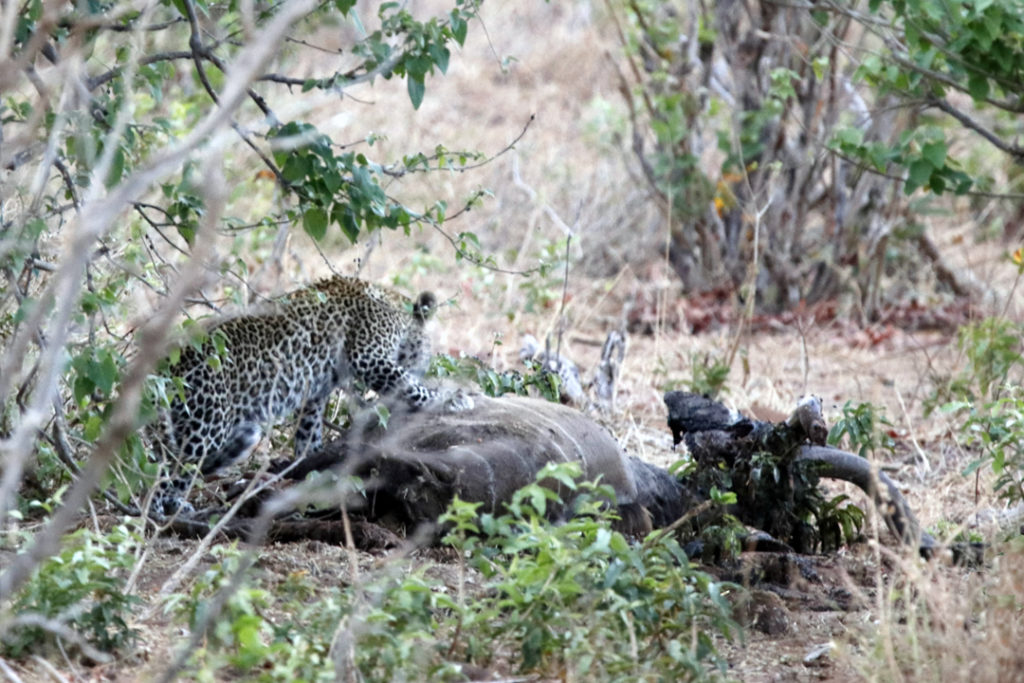
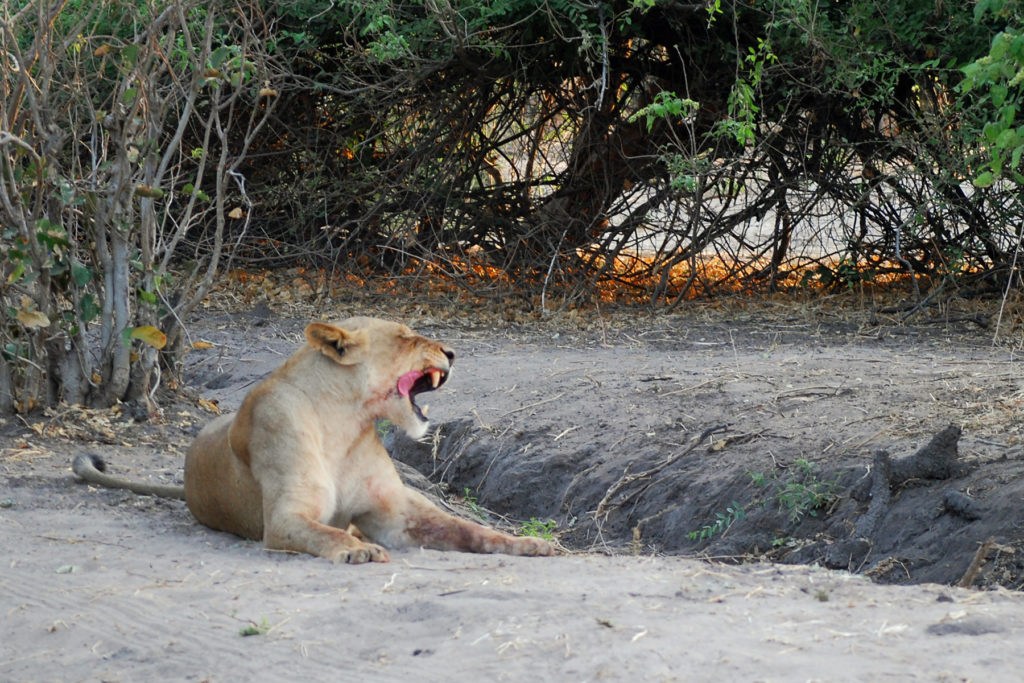
When we see all of these animals in action, we’re reminded of how successful food chains work. Giraffes and gazelles don’t eat so much that they kill the trees and shrubs that provide their food. Leopards and lions don’t kill more than they can eat. They prey on the weakest members of the herd, the easiest ones to take down. When they have finished eating, the carcass decomposes, fertilizing shrubs and trees. I have oversimplified, but you get the idea. Nothing is wasted.
And then the third animal in this scene, the human omnivore. We kill more than we can eat; we eat more than we need; and we waste a lot. We may be at the top of the food chain, but we have forgotten to respect it.
It’s good to be reminded of the way things should be.
